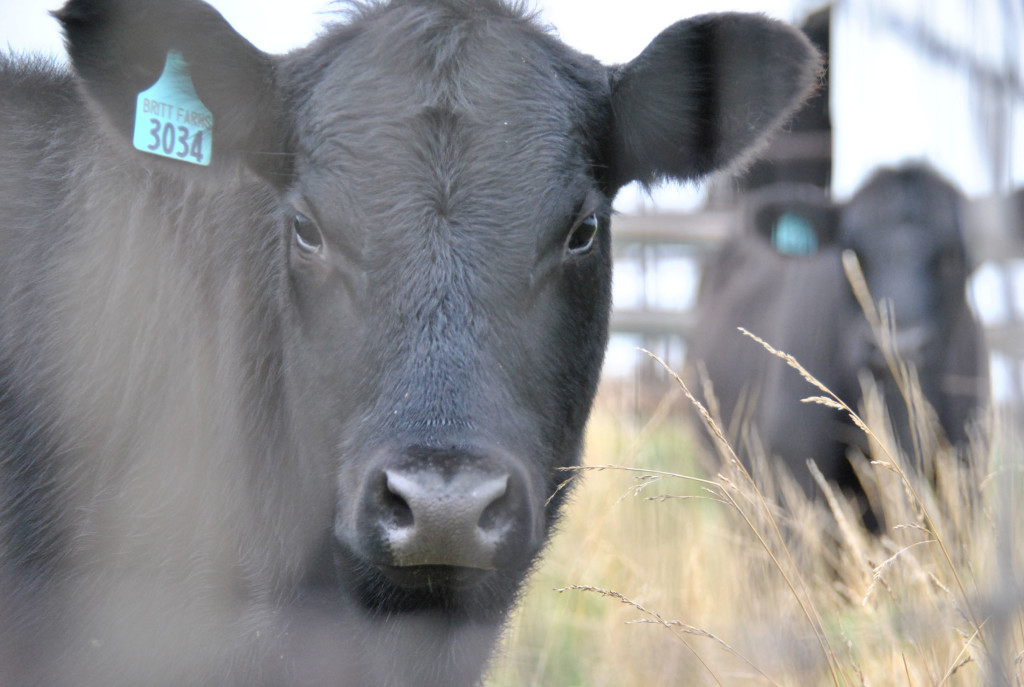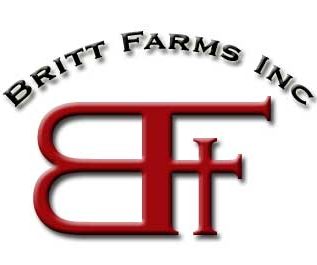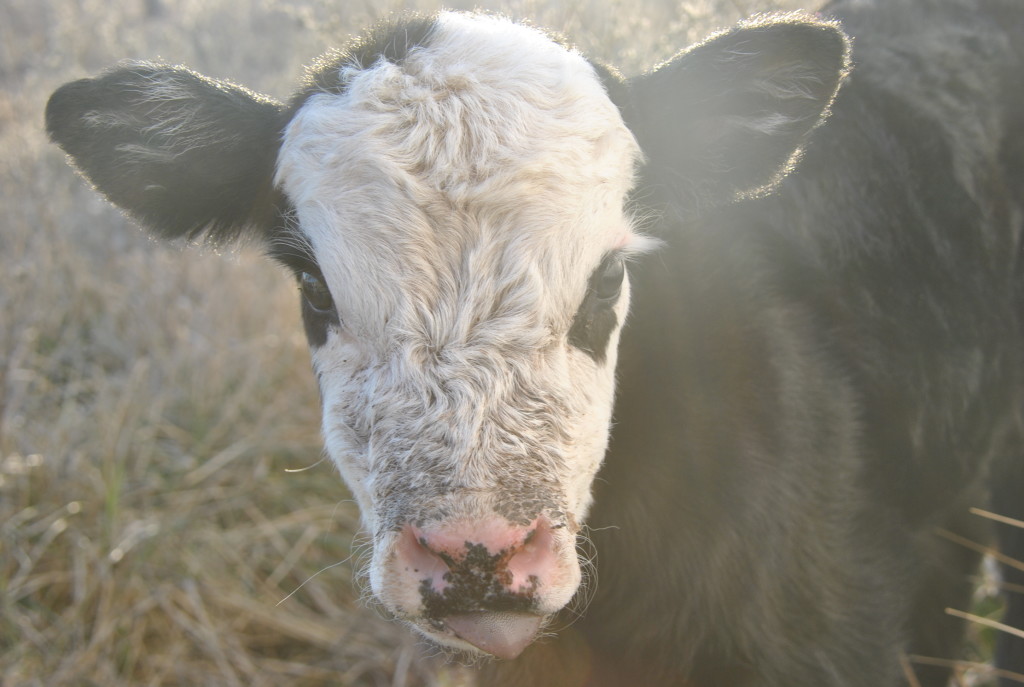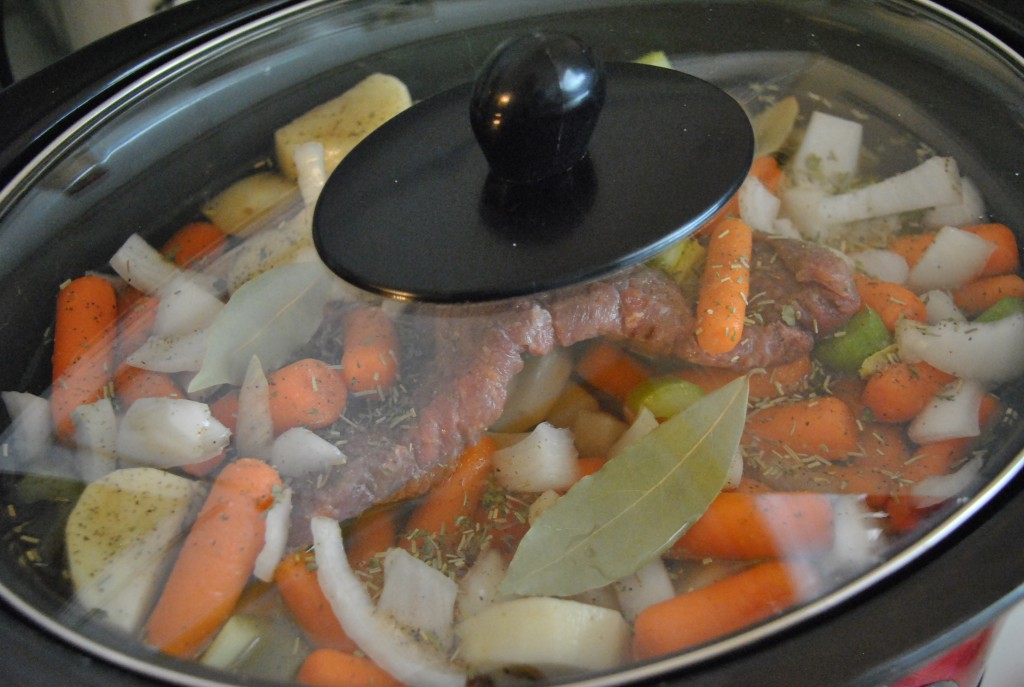Your source for Healthy and Affordable Beef
New recommendations target red meat, could affect school lunches, local farmers
Imagine your child’s school lunch menu without a cheeseburger, sloppy Joe, meatball sub, beef enchilada, taco salad, Salisbury steak, country beef patty, or beef and macaroni skillet.
The word is out that the Dietary Guidelines Advisory Committee, appointed by the U.S. Department of Agriculture and the U.S. Department of Health and Human Services has recommended Americans cut out red meat. And not just red meat, according to Pro Farmer, the committee has advised “Americans should shift toward a plant-based diet that is lower in dairy and red meat due to the environmental impact.” While they’re at it, students would say good-by to macaroni and cheese, cheese quesadillas, pizza, and grilled cheese sandwiches.
“We have to follow the meal pattern that the USDA sets for us,” Debby Mead, Dietary Supervisor for Keytesville R-III, said. “It is more and more difficult to find food students will eat that meets the guidelines. If they remove red meat from the diet, there will no options for the kids. They can’t expect us to take the protein out of our diets. Nobody will be healthy.”
According to the U.S. Department of Agriculture’s website, “Every five years the United States Department of Health and Human Services dietary Guidelines is “reviewed, updated, and published in an effort to encourage Americans to focus on eating a healthful diet – one that focuses on foods and beverages that help achieve and maintain a healthy weight, promote health, and prevent disease.”
The website explains that the committee consists of “nationally recognized experts in the field of nutrition and health. The charge to the Committee is to review the scientific and medical knowledge current at the time. Based on their review of the literature, the Committee prepares a report for the Secretaries that provides recommendations for the next edition of the Dietary Guidelines.”
Some are skeptical of the guidelines, that continuously change, however, the dietary guidelines affect nutritional policies throughout the nation. Remember the nutrition classes taught in Consumer Science and the posters 4-Hers create depicting “My Plate” which replaced the food pyramid a few years ago? These classes are directed by the USDA’s nutritional guidelines. Next year’s physical check-up with our physician and labels on food packages would also be affected by the guidelines, guidelines made by a committee of academia without the contributions of business owners, family physicians, working nutritionists, food services executives, or federal nutrition program director, according to One Assessment published by Capital Research Center.
“As a nutrition professional and “family nutritionist,” I know I will still be including beef in our diet,” Salisbury graduate and nutritionist Alane (Dotson) Lidolph said. “Beef is a good or excellent source of important nutrients like protein, zinc, and iron. Those nutrients are building blocks for our muscles, important for immune and brain function, and help maintain healthy red blood cells.
“I know it isn’t exciting, but not eliminating foods from your diet entirely and following the motto “everything in moderation,” is the best way to meet nutrient needs and stay healthy.”
The recommendations were made public the day after the Missouri Department of Agriculture presented the Missouri Beef Summit at the Reynolds Alumni Center on the campus of the University of Missouri (Monday, January 5, 2015). Among the 32 speakers on the agenda was Missouri Governor Jan Nixon with a plea for Missouri beef producers to increase production and finish their calves in Missouri instead of sending them to neighboring states.
“Beef is a vital part of the economic powerhouse that is Missouri agriculture,” Nixon’s Press Secretary Scott Holste said. “Gov. Nixon and the Mo. Department of Agriculture are working closely with producers to ensure that this sector becomes even stronger, and that includes making sure that Missouri beef becomes an even stronger brand, with greater economic benefit to the state.
“Lean cuts of beef can be a nutritious and tasty part of a healthy diet for Americans, and Gov. Nixon will continue to be a strong supporter of Missouri’s beef industry.”
Many pro-beef writers have taken to blogs to voice their opinions on the matter.
“…The reasoning behind this move is absurd, and I believe is largely based on preconceived misconceptions, politics, and an irresponsible blind eye to science,”
Beef Magazine’s Amanda Radke wrote.
Radke quotes the data published by Frank Mittloehnew, of the University of California-Davis, “…the U.S. ag sector accounts for 5.8 percent of annual U.S. (greenhouse gas) emissions…GHG emissions contributed by large transportation, energy and industry dwarf that of agriculture.”
A fact sheet from the Missouri Department of Agriculture entitled “Cattle Inventory Across Missouri” shows Missouri ranks second to Texas in cow/calf inventory. A map of Missouri depicts Chariton, Linn and Macon counties with an inventory of 30,000 – 49,999 head with the state’s average herd size of 69 head (including calves).
The economic impact of the proposed recommendations to the Chariton Valley region cannot be overlooked. Radke’s article recommends producers call Congress and lobby against these proposed changes, and address the misconceptions that are now circulating in the media about beef.
“If schools are forced to comply with these guidelines, obviously, less demand will have a trickle-down effect that will lower beef prices,” Nick Hammett, Marketing Manager for Circle A Ranch (located at Huntsville and Iberia), said. “I think that meat, and red meat particularly, plays a vital role in America’s diet. It is an important source of vitamins, minerals, and protein for America’s school age children. It is also important that everyone realizes that America’s beef producers do a great job of providing a nutritious, delicious and safe product.”
Written by Karla Britt
Originally published in Issue 20, Volume 7 of the Chariton Valley News Press










